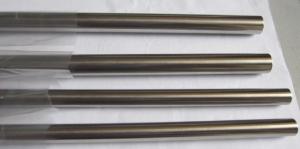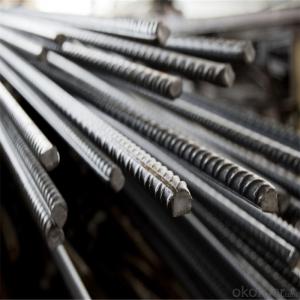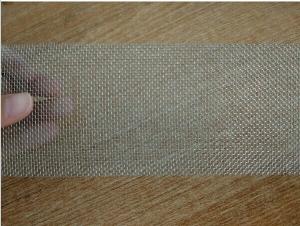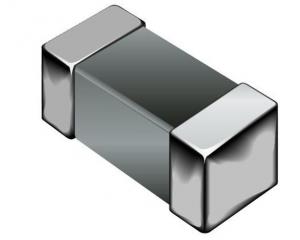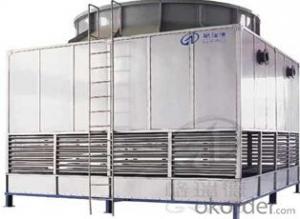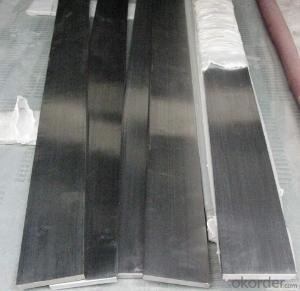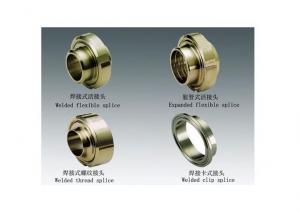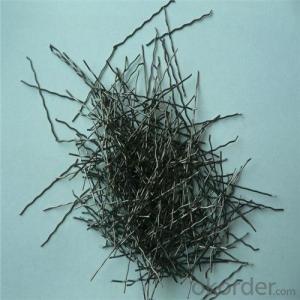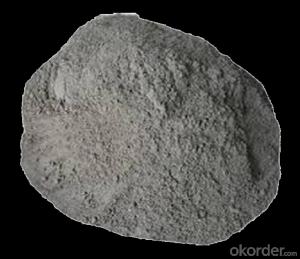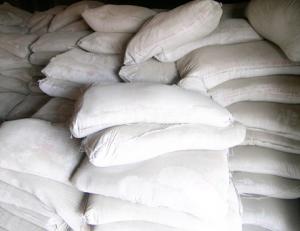Ferritic Stainless Steel
Ferritic Stainless Steel Related Searches
Martensitic Stainless Steel Austenitic Stainless Steel Stainless Steel Fermenter Fingerprintless Stainless Steel Forever Stainless Steel Density Stainless Steel Magnetic Stainless Steel Metal Stainless Steel Colored Stainless Steel Welded Stainless Steel Stainless Steel Keurig Black Stainless Steel German Stainless Steel Non Magnetic Stainless Steel Stainless Steel Stainless Quilted Stainless Steel Faux Stainless Steel Surgical Stainless Steel Stainless Steel Fencing Stainless Steel Frets Patinated Stainless Steel Satin Stainless Steel Anodized Stainless Steel Beretta Stainless Steel Keurig Stainless Steel Stainless Steel Siding Stainless Steel Magnetic Hardened Stainless Steel Forging Stainless Steel 440 Stainless SteelFerritic Stainless Steel Supplier & Manufacturer from China
Ferritic Stainless Steel is a type of stainless steel characterized by its magnetic properties and resistance to corrosion. It is composed of chromium, carbon, and other elements that contribute to its strength and durability. This metal is known for its excellent performance in various industries due to its ability to withstand harsh environments and maintain its integrity over time.Ferritic Stainless Steel is widely used in numerous applications, including automotive, construction, and household appliances. Its magnetic nature makes it suitable for use in electromagnetic applications, while its corrosion resistance makes it ideal for use in environments where exposure to moisture and chemicals is common. This versatile material can be found in various forms such as sheets, plates, bars, and tubes, catering to the diverse needs of different industries and applications.
Okorder.com is a leading wholesale supplier of Ferritic Stainless Steel, offering a vast inventory of this high-quality material. With a commitment to providing top-notch products and exceptional customer service, Okorder.com ensures that customers receive the best Ferritic Stainless Steel for their specific needs. By maintaining a large inventory, Okorder.com is able to cater to both small and large orders, making it a reliable source for businesses and individuals alike.
Hot Products











